Report this entry
More from the same community-collection
Delia Briones,County Clerk, inside County Courthouse, El Paso, TX 2023
Delia Briones stands outside her office in El Paso, TX Jan ...
adobe odes, a book of poems written by author Pat Mora, native El Pasoan, 2023
Photo of cover book from UTEP Library archives written by Pat ...
Estella Portillo Trambley authored this book.
Estella Portillo was a Chicana writer. She worked as a school ...
Chris Canales, City Rep District 8, and his mom attended Grand Reopening of Westside Branch Library, 2.11.2023
Westside Branch Library, El Paso, TX was closed during COVID ...
Sales Contract 1937 - Back of document (Signatures)
Sales Contract Seller: Josefina F. Trejo De Provencio, ...
Nobles Records - Music by Lloyd Nobles
SIDE A: “To My Mother” by Lloyd Nobles, Nobles Records (El ...


















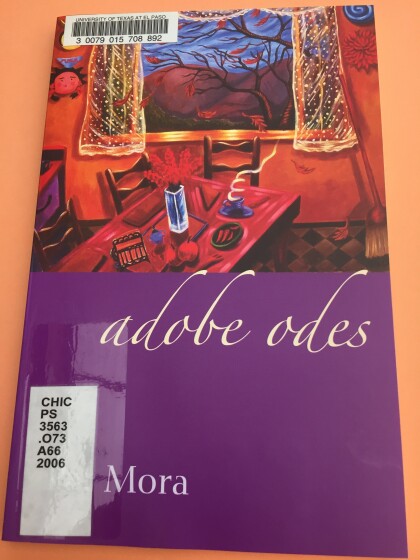
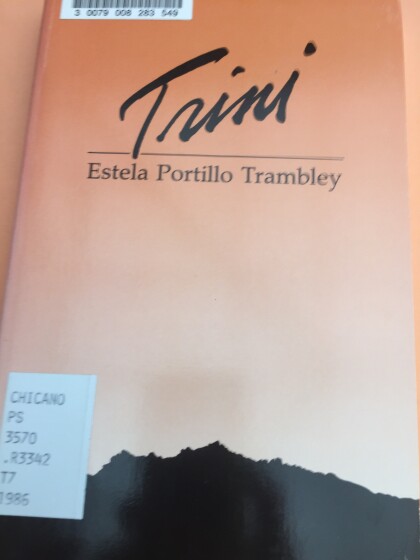
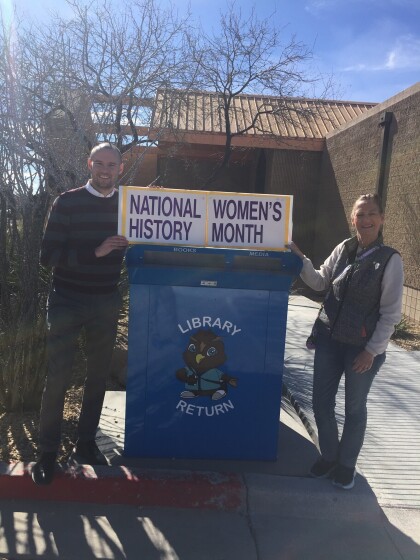
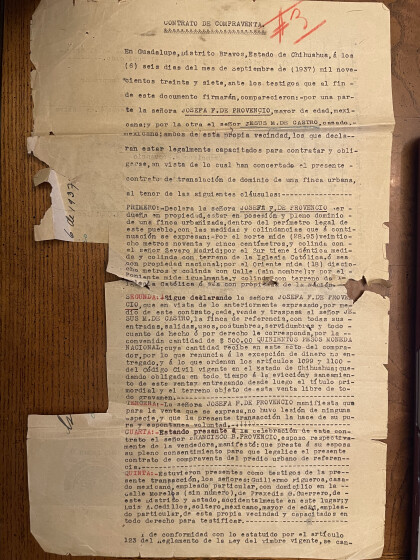
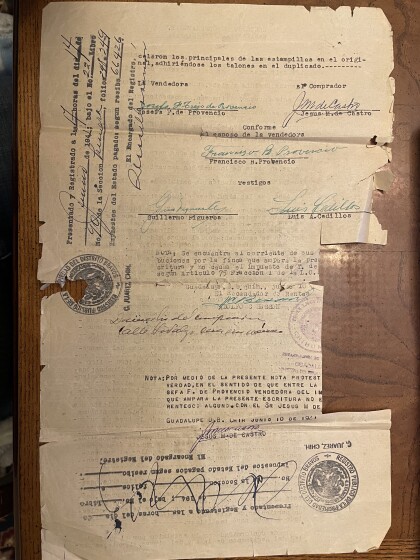
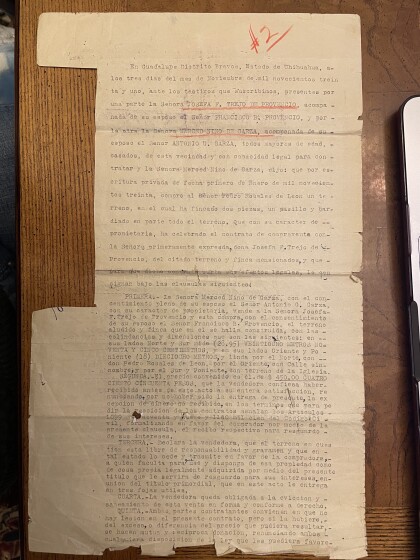
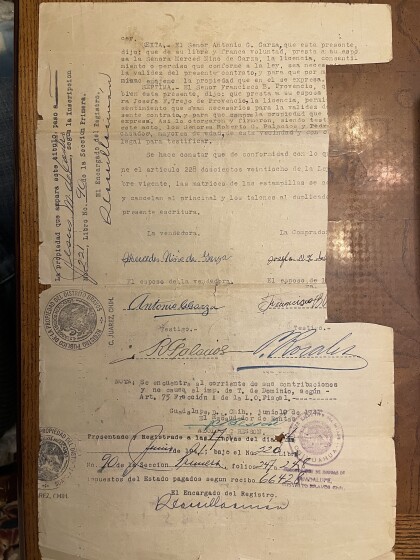
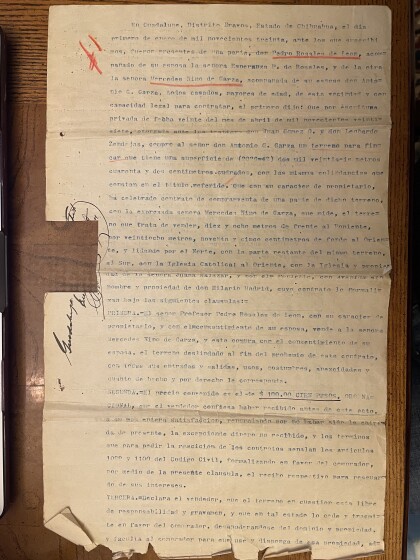
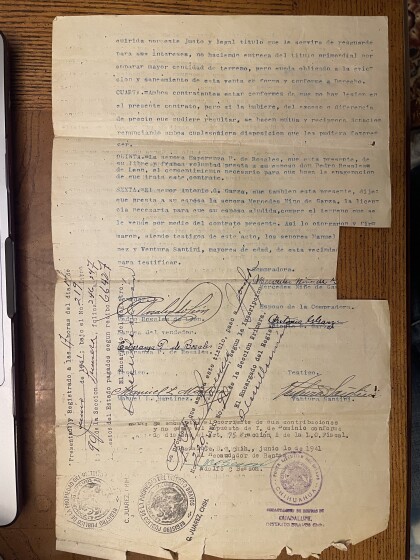
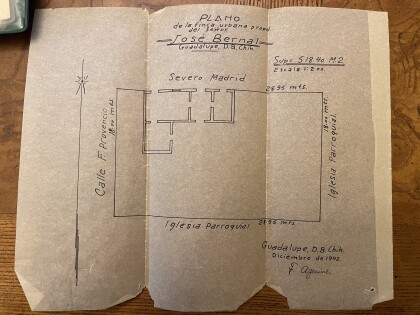
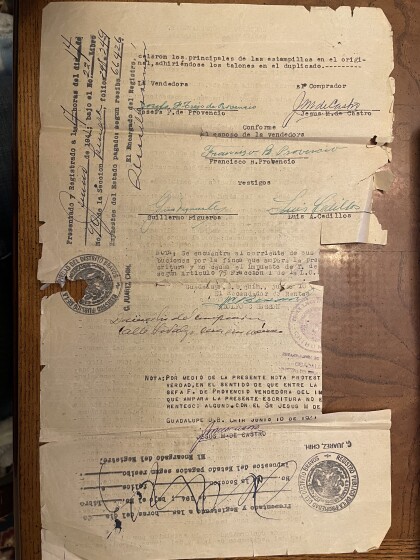
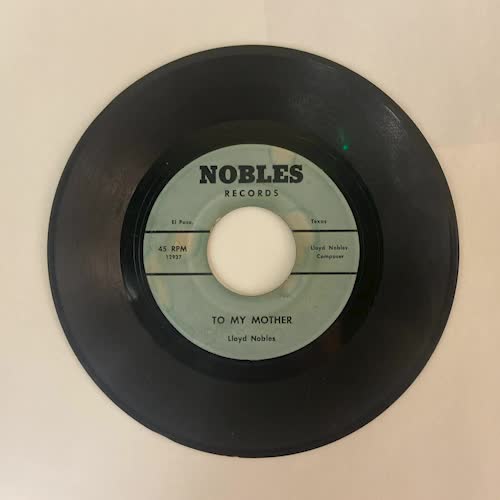

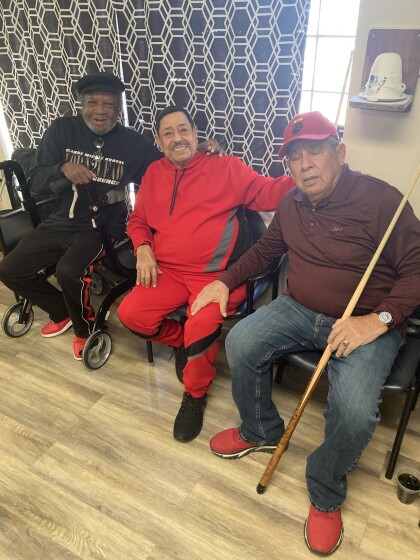
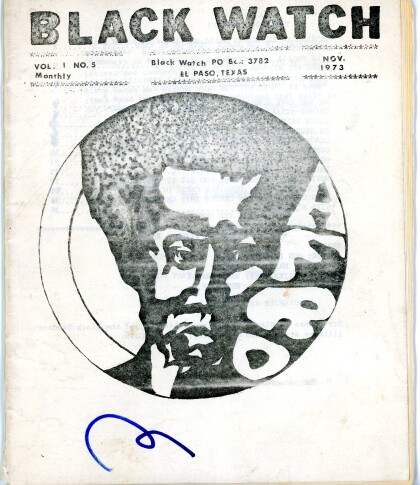
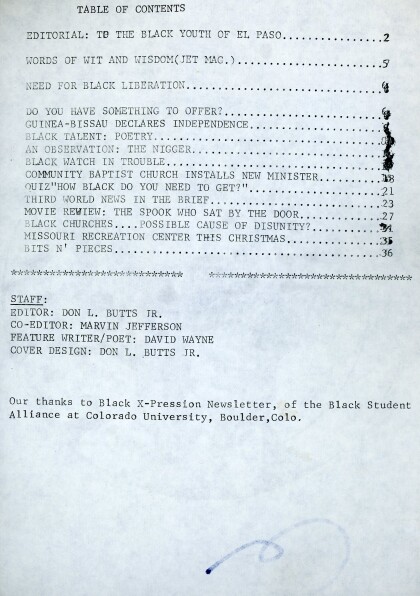
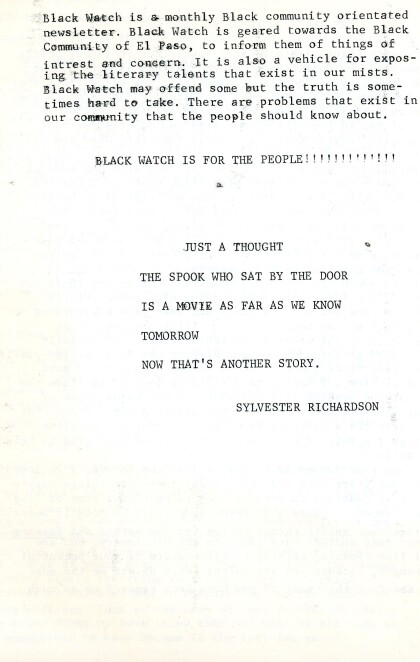
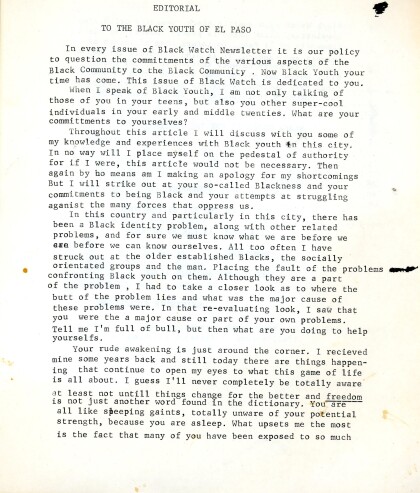
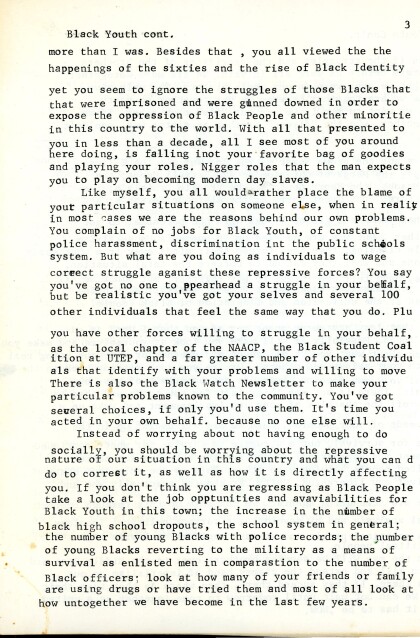
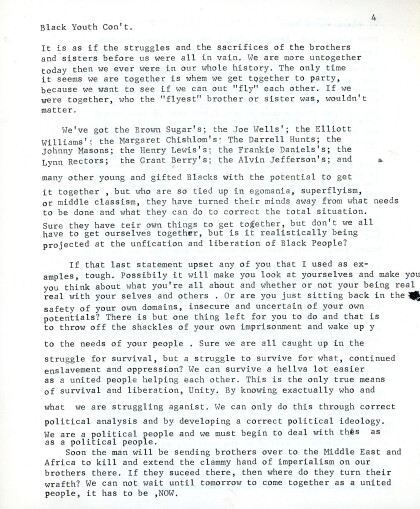
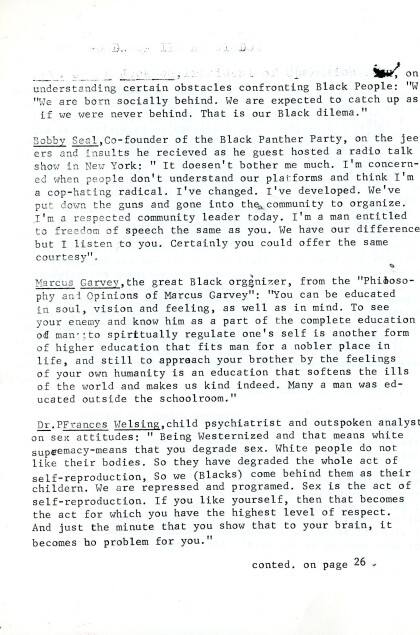
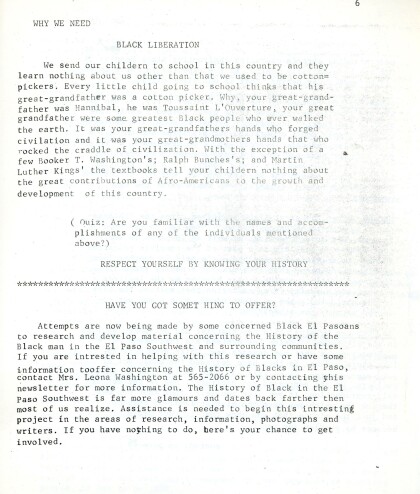
Comments
Add a comment